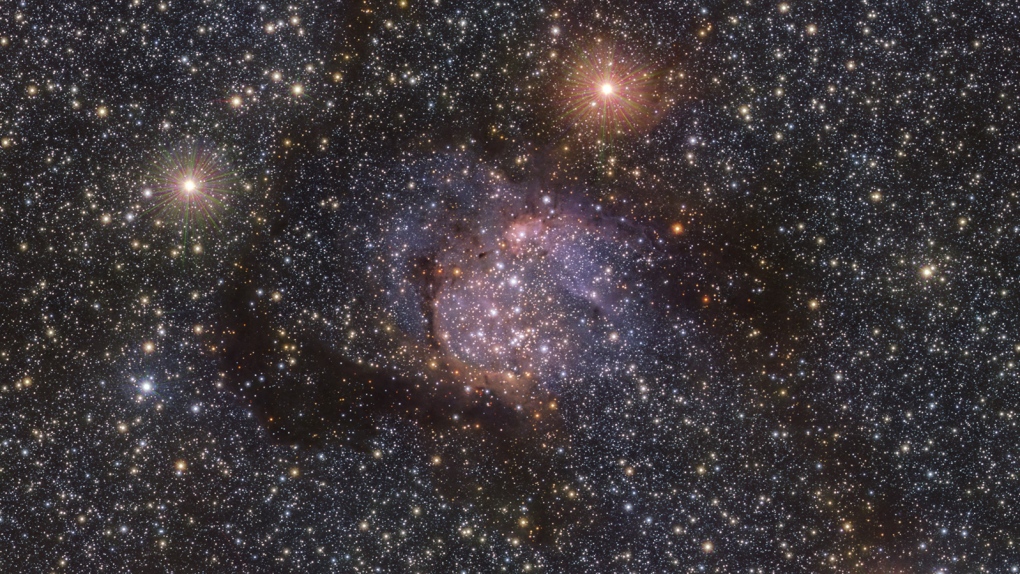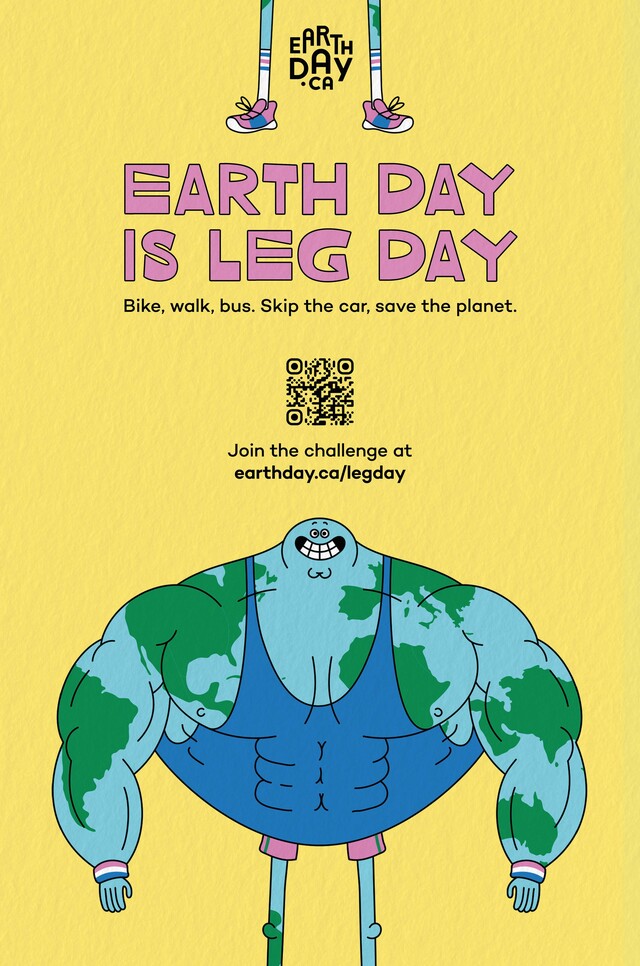Verticillium wilt is a problem for a lot of crops in Manitoba, including canola, sunflowers and alfalfa.
Read Also
In potatoes, the fungus Verticillium dahlia is the main cause of potato early die complex. In a 2021 interview with the Co-operator, Mario Tenuta, University of Manitoba soil scientist and main investigator with the Canadian Potato Early Dying Network, suggested the condition can cause yield loss of five to 20 per cent. Other research from the U.S. puts that number as high as 50 per cent.
It also becomes a marketing issue when stunted spuds fall short of processor preferences.
Verticillium in potatoes can significantly reduce yield and, being soil-borne, is difficult to manage.
Preliminary research results suggest earlier planting of risk-prone fields could reduce losses, in part due to colder soil temperatures earlier in the season.
Unlike other potato fungal issues that can be addressed with foliar fungicide, verticillium hides in the soil.
“Commonly we use soil fumigation and that’s very expensive,” said Julie Pasche, plant pathologist with North Dakota State University.
There are options. In 2017, labels expanded for the fungicide Aprovia, Syngenta’s broad-spectrum answer for leaf spots or powdery mildews in various horticulture crops. In-furrow verticillium suppression for potatoes was added to the label.
There has also been interest in biofumigation. Mustard has been tagged as a potential companion crop for potatoes, thanks to its production of glucosinolate and the pathogen- and pest-inhibiting substance isothiocyanate.
Last fall, producers heard that a new, sterile mustard variety specifically designed for biofumigation had been cleared for sale in Canada, although seed supplies for 2024 are expected to be slim. AAC Guard was specifically noted for its effectiveness against verticillium wilt.
Timing is everything
Researchers at NDSU want to study the advantage of natural plant growth patterns.
“What we’d like to look at are other things we can do differently, like verticillium fertility management and water management, as well as some other areas and how they may be affected by planting date,” Pasche said.
The idea is to find a chink in the fungus’s life cycle.
Verticillium infects roots in the spring. From there, it colonizes the plant, moving through the root vascular tissue and into the stem. This is the cause of in-season vegetative wilting, Pasche noted.
As it progresses, plant cells die, leaving behind tell-tale black dots on dead tissue. Magnification of those dots reveals what look like dark bunches of grapes — tiny spheres containing melanized hyphae, a resting form of the fungus called microsclerotia.
The dark colour comes from melanin, the same pigment found in human skin. This pigmentation protects the microsclerotia from ultraviolet light.





















